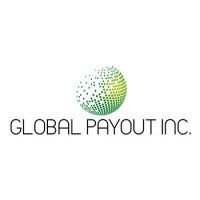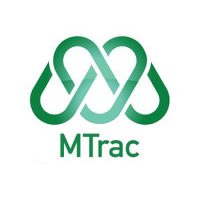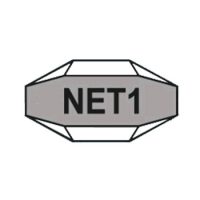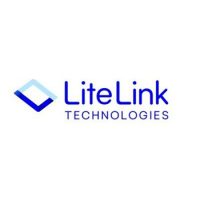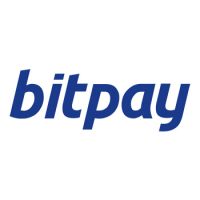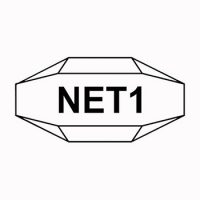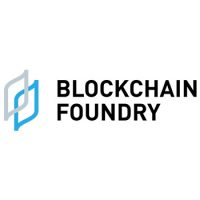Blockchain Press Releases
IDTechEx Discusses Next-Generation RDL Materials in Advanced Semiconductor Packaging
BOSTON, Aug. 11, 2023 /PRNewswire/ — With the ever-increasing demand for higher performance and efficiency in electronic devices, the semiconductor industry is constantly pushing the boundaries of packaging technology. In the context of interconnected dies on a package, the system’s performance relies heavily on the signaling that happens within the package. Two key metrics, bandwidth and power efficiency, play a pivotal role in determining the success of these advanced semiconductor packaging solutions. In this article, we will focus on the materials requirement for achieving higher bandwidth, one of the essential factors for improved communication between dies.
Bandwidth is a critical performance metric in advanced semiconductor packaging. It refers to the amount of data that can be transmitted or communicated between the dies on the package. Higher bandwidth allows faster and more efficient communication, enabling devices to process data at incredible speeds. Two primary factors are considered to measure bandwidth: IO/mm and Datarate/IO. IO/mm represents the density of I/O connections available on the die edge, while Datarate/IO refers to the data transfer rate of each I/O terminal measured in bps. By multiplying IO/mm by Datarate/IO, we calculate the bandwidth per millimeter of the die edge, which represents the total data that can be transmitted between dies. In simpler terms, bandwidth density indicates the number of bits transmitted and received between dies per mm (for 2D) or per mm2 (for 3D packaging).
The performance of IO/mm and Datarate/IO heavily relies on the redistribution layer (RDL) within the package. Essential features of the RDL, such as Line/Space (L/S), via, and pad dimensions, play a crucial role in achieving optimal performance and data transmission within the package. The dielectric constant of materials used in the redistribution layer (RDL) directly impacts the datarate/IO. Currently, the finest L/S of RDL can be attained using inorganic dielectrics like SiO2, but the material’s relatively high dielectric constant (Dk=3.9) makes it unsuitable for high-speed communication. Additionally, the process is also challenging and costly. As a result, researchers are actively exploring alternative dielectric materials, particularly organic options, which offer the advantages of lower dielectric constants and reduced costs. When selecting organic dielectric materials, several key parameters must be considered to ensure their suitability for the packaging process. IDTechEx’s “Materials and Processing for Advanced Semiconductor Packaging 2024-2034” report identifies five key parameters crucial for organic dielectrics used in advanced semiconductor packaging.
Dk (Dielectric Constant) and Df (Loss Tangent):
A material’s dielectric constant (Dk) determines its ability to support higher data rates without compromising signal integrity. Materials with low Dk are preferred for advanced semiconductor packaging as they reduce wire capacitance and allow for shorter interconnects between dies. Low-loss characteristics also minimize transmission loss in high-frequency communication devices, further enhancing bandwidth.
Elongation to Failure:
For multi-layer RDL (Redistribution Layer) with a higher copper coverage on each layer, a higher elongation to failure is favorable. This property ensures the material can withstand the stresses and strains associated with the packaging process and device operation without mechanical failure.
CTE (Coefficient of Thermal Expansion):
To ensure package reliability, the dielectric material should have a CTE similar to that of the copper metal layer. However, achieving this is challenging due to the inability to use filler particles that increase the dielectric permittivity of the polymer. SiO2 fillers, commonly used in polymer dielectrics, do not aid in reducing the Dk value as they need to be loaded in high volume. Additionally, the presence of fillers hinders the scaling of microvias, which are essential for advanced packaging technologies.
Young’s Modulus:
For a reliable microvia design with a diameter of less than 5 µm, utilizing a polymer material with a low Young’s modulus is crucial. A low modulus helps minimize the stress exerted on the copper, leading to enhanced overall package reliability.
Moisture Absorption:
Moisture absorption of the polymer material is crucial for long-term system reliability. High moisture absorption can lead to delamination and negatively impact both mechanical and electrical performance.
In conclusion, as technology continues to advance, the demand for even higher bandwidth and power efficiency in advanced semiconductor packaging will persist. Organic dielectrics have garnered significant interest due to their potential in offering low dielectric constant (Dk) characteristics, enhanced defect tolerance, and cost-effectiveness. However, it is crucial to acknowledge that selecting the appropriate material always involves trade-offs. For instance, while low dielectric constant polymers offer advantages, they may come with a higher coefficient of thermal expansion (CTE), which can adversely affect device reliability and packaging architectures. Therefore, it becomes imperative to carefully consider and adhere to the five key features and their requirements to ensure the successful development of advanced semiconductor packaging solutions.
IDTechEx’s “Materials and Processing for Advanced Semiconductor Packaging 2024-2034” report offers a structured approach to understanding advanced semiconductor packaging. The report is divided into four main parts. The first part provides a comprehensive introduction to technologies, development trends, key applications, and the ecosystem of advanced semiconductor packaging. The second part focuses on 2.5D packaging processes, including dielectric materials, RDL fabrication techniques, and material selection for EMC and MUF. The third part delves into the innovative Cu-Cu hybrid bonding technology for 3D die stacking, offering insights into the manufacturing process and material selection. The report also includes a 10-year market forecast for the Organic Dielectric Advanced Semiconductor Packaging Module, providing valuable perspectives on market growth and trends for the coming decade.
To find out more about this IDTechEx report, including downloadable sample pages, please visit www.IDTechEx.com/MatsforASP.
IDTechEx’s market research is differentiated through the primary information gathered, technical depth, and unbiased appraisals. IDTechEx covers a wide range of topics and helps understand the industry’s pain points and unmet needs. For more information, please visit www.IDTechEx.com/research.
About IDTechEx
IDTechEx guides your strategic business decisions through its Research, Subscription and Consultancy products, helping you profit from emerging technologies. For more information, contact [email protected] or visit www.IDTechEx.com.
Images download:
https://www.dropbox.com/scl/fo/7ruqb1vtccdrzkt7ph7i0/h?rlkey=ruivgsfr7pz9yec0m2umjvsdk&dl=0
Media Contact:
Lucy Rogers
Sales and Marketing Administrator
[email protected] +44(0)1223 812300
Social Media Links:
Twitter: www.twitter.com/IDTechEx
LinkedIn: www.linkedin.com/company/IDTechEx
Photo: https://mma.prnewswire.com/media/2182330/IDTechEx_Report.jpg
Logo: https://mma.prnewswire.com/media/478371/IDTechEx_Logo.jpg

![]() View original content:https://www.prnewswire.co.uk/news-releases/idtechex-discusses-next-generation-rdl-materials-in-advanced-semiconductor-packaging-301896848.html
View original content:https://www.prnewswire.co.uk/news-releases/idtechex-discusses-next-generation-rdl-materials-in-advanced-semiconductor-packaging-301896848.html

Blockchain
Ethereum ETFs Aren’t Blockchain But Is A Revolutionary Tech: Top 6 Amazing Reasons To Invest In Them
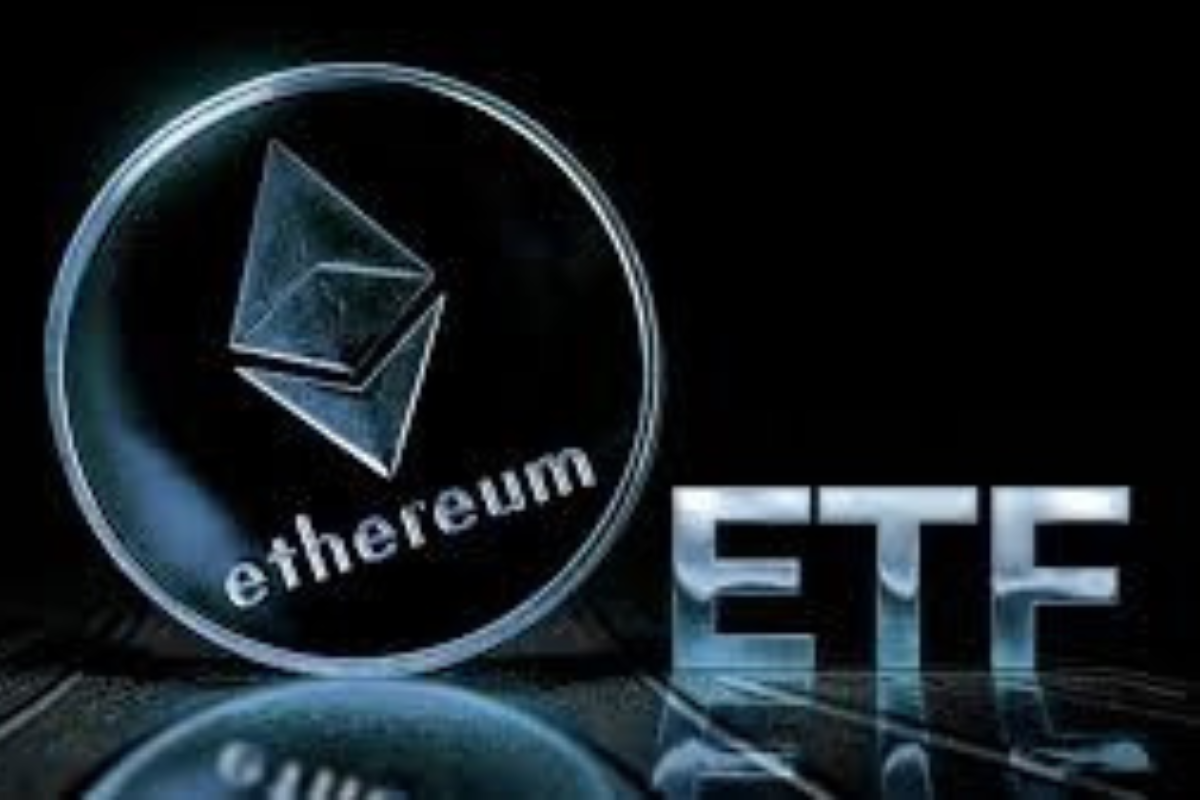
The financial landscape is rapidly evolving, with the integration of blockchain technology and cryptocurrencies becoming more prominent. Among these, Ethereum ETFs (Exchange-Traded Funds) have emerged as a significant investment vehicle, offering exposure to the Ethereum blockchain’s native cryptocurrency, Ether (ETH), without requiring direct ownership. However, it’s crucial to understand that Ethereum ETFs are distinct from the blockchain itself and serve different purposes in the investment world.
Understanding Ethereum and ETFs
Ethereum: A decentralized platform that enables the creation and execution of smart contracts and decentralized applications (dApps). It operates using its cryptocurrency, Ether (ETH), which fuels the network.
ETF (Exchange-Traded Fund): A type of investment fund that holds a collection of assets and is traded on stock exchanges. ETFs can include various asset classes, such as stocks, commodities, or bonds.
Ethereum ETFs: The Intersection of Traditional Finance and Cryptocurrency
An Ethereum ETF provides a way for investors to gain exposure to the price movements of Ether without directly purchasing the cryptocurrency. This is achieved through an ETF structure, where the fund holds assets linked to the value of Ether, and investors can buy shares of the ETF on traditional stock exchanges.
Key Features of Ethereum ETFs:
- Indirect Exposure: Investors gain exposure to Ether’s price changes without needing to manage or store the cryptocurrency themselves.
- Regulatory Compliance: Unlike the relatively unregulated cryptocurrency market, ETFs operate under the oversight of financial regulators, offering a layer of investor protection.
- Accessibility: Ethereum ETFs are available through traditional brokerage platforms, making them accessible to a broader range of investors.
Why Invest in an Ethereum ETF?
- Diversification: Including an Ethereum ETF in a portfolio can provide exposure to the cryptocurrency market, potentially enhancing diversification beyond traditional assets.
- Convenience and Familiarity: ETFs are a familiar investment product, simplifying the process of investing in cryptocurrencies.
- Professional Management: ETF managers handle the investment decisions, including the buying and selling of assets, which can be advantageous for those less familiar with the cryptocurrency space.
- Regulatory Oversight: ETFs are subject to regulatory scrutiny, potentially offering more safety and transparency compared to direct cryptocurrency investments.
- Potential for Growth: As the cryptocurrency market grows, ETFs linked to assets like Ether may benefit from rising prices.
Key Differences Between Ethereum and Ethereum ETFs
While both are related to the Ethereum blockchain, Ethereum itself and Ethereum ETFs represent different forms of investment:
- Ethereum (ETH):
- Direct ownership of the cryptocurrency.
- Full exposure to Ethereum’s features, including staking and network participation.
- Traded on cryptocurrency exchanges.
- Highly volatile and largely unregulated.
- Ethereum ETF:
- Indirect exposure through shares representing Ether’s value.
- Traded on traditional stock exchanges under regulatory oversight.
- Offers a more stable and familiar investment structure.
- Typically lower volatility compared to direct cryptocurrency ownership.
Future Considerations for Ethereum ETFs
The approval and launch of Ethereum ETFs mark a significant milestone in bringing cryptocurrencies closer to mainstream finance. They offer a convenient and regulated means for investors to gain exposure to the growing digital assets market. However, they also come with limitations, such as not allowing direct participation in the Ethereum ecosystem’s innovations, like dApps and smart contracts.
As the market evolves, we may see more sophisticated financial products that better capture the full potential of the Ethereum ecosystem. For now, Ethereum ETFs provide a balanced option for those interested in cryptocurrency exposure within the framework of traditional finance.
In conclusion, while Ethereum ETFs offer a gateway into the world of digital assets, they should be viewed as complementary to, rather than a replacement for, direct investment in the underlying blockchain technologies. Investors should carefully consider their investment goals, risk tolerance, and the unique attributes of both Ethereum and Ethereum ETFs when making investment decisions.
Source: blockchainmagazine.net
The post Ethereum ETFs Aren’t Blockchain But Is A Revolutionary Tech: Top 6 Amazing Reasons To Invest In Them appeared first on HIPTHER Alerts.
Blockchain
Nexo Reaffirms Commitment to Data Protection with SOC 3 and SOC 2 Compliance
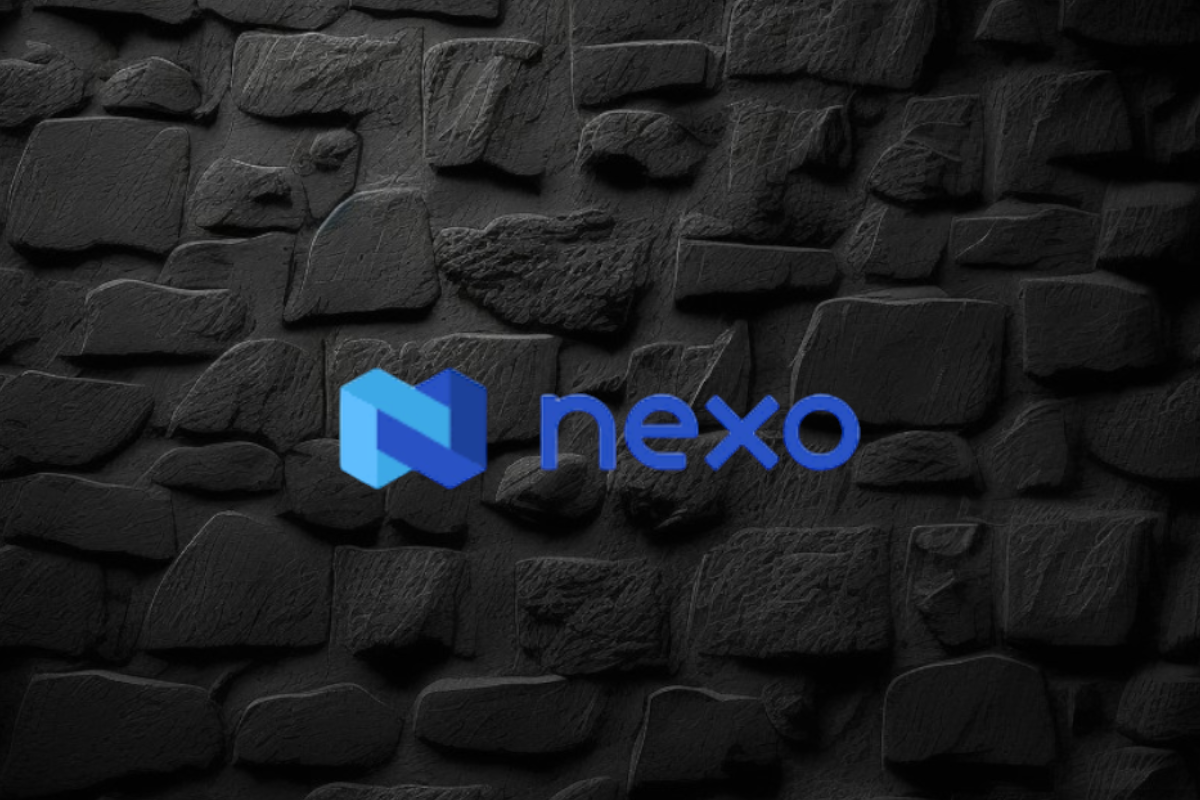
Nexo, a leading institution in the digital assets industry, has reinforced its commitment to data security by renewing its SOC 2 Type 2 audit and attaining a new SOC 3 Type 2 assessment without any exceptions. This rigorous audit process, conducted by A-LIGN, a respected independent auditor specializing in security compliance, confirms Nexo’s adherence to stringent Trust Service Criteria for Security and Confidentiality.
Key Achievements and Certifications
- SOC 2 and SOC 3 Compliance:
- SOC 2 Type 2: This audit evaluates and reports on the effectiveness of an organization’s controls over data security, particularly focusing on the confidentiality, integrity, and availability of systems and data.
- SOC 3 Type 2: This public-facing report provides a summary of SOC 2 findings, offering assurance to customers and stakeholders about the robustness of Nexo’s data security practices.
- Additional Trust Service Criteria:
- Nexo expanded the scope of these audits to include Confidentiality, showcasing a deep commitment to protecting user data.
- Security Certifications:
- The company also adheres to the CCSS Level 3 Cryptocurrency Security Standard, and holds ISO 27001, ISO 27017, and ISO 27018 certifications, awarded by RINA. These certifications are benchmarks for security management and data privacy.
- CSA STAR Level 1 Certification:
- This certification demonstrates Nexo’s adherence to best practices in cloud security, further solidifying its position as a trusted partner in the digital assets sector.
Impact on Customers and Industry Standards
Nexo’s rigorous approach to data protection and compliance sets a high standard in the digital assets industry. By achieving these certifications, Nexo provides its over 7 million users across more than 200 jurisdictions with confidence in the security of their data. These achievements not only emphasize the company’s dedication to maintaining top-tier security standards but also highlight its proactive stance in fostering trust and transparency in digital asset management.
Nexo’s Broader Mission
As a premier institution for digital assets, Nexo offers a comprehensive suite of services, including advanced trading solutions, liquidity aggregation, and tax-efficient credit lines backed by digital assets. Since its inception, the company has processed over $130 billion, showcasing its significant impact and reliability in the global market.
In summary, Nexo’s successful completion of SOC 2 and SOC 3 audits, along with its comprehensive suite of certifications, underscores its commitment to the highest standards of data security and operational integrity. This dedication positions Nexo as a leader in the digital assets space, offering unparalleled security and peace of mind to its users.
Source: blockchainreporter.net
The post Nexo Reaffirms Commitment to Data Protection with SOC 3 and SOC 2 Compliance appeared first on HIPTHER Alerts.
Blockchain
Marshall Becomes First US Senator to Walk from Controversial Crypto Bill He Co-Sponsored

Republican Senator Roger Marshall has withdrawn his support for the Digital Asset Anti-Money Laundering Act of 2023, a controversial bill he initially co-sponsored with Senator Elizabeth Warren and others. This bill, reintroduced in the Senate on July 27, 2023, aimed to bring the cryptocurrency industry into alignment with existing anti-money laundering (AML) and counter-terrorism financing (CTF) laws.
Key Provisions of the Bill
The legislation proposed stringent regulations on digital asset providers, including unhosted wallet providers, miners, and validators, by classifying them as financial institutions under the Bank Secrecy Act (BSA). It mandated these entities to adhere to BSA compliance requirements, which include extensive reporting and monitoring responsibilities. Additionally, the bill called for the Financial Crimes Enforcement Network (FinCEN) to establish regulations for reporting significant foreign digital asset holdings and to create compliance measures to address risks associated with anonymity-enhancing technologies.
Senator Marshall’s Shift
Marshall’s withdrawal from the bill comes as a surprise, particularly given his earlier criticisms of cryptocurrencies, which he has described as a “threat to national security.” This includes concerns over stablecoins like Tether potentially facilitating illegal activities and circumventing U.S. sanctions. Despite his earlier stance, Marshall’s departure from the legislation suggests a reconsideration of the bill’s implications or an alignment with broader political and industry perspectives on cryptocurrency regulation. His office has not provided a comment on the reasons for his withdrawal.
Political and Industry Reactions
The bill had garnered significant bipartisan support, with 18 co-sponsors, reflecting a broader concern in Congress over regulating the rapidly growing cryptocurrency market. However, it has also faced criticism for potentially imposing impractical compliance burdens that could stifle innovation and push crypto activities offshore. Critics argue that the bill’s stringent requirements could inadvertently drive users toward unregulated platforms, thereby undermining its intent to enhance security and regulatory oversight.
Broader Context
The withdrawal comes at a time when cryptocurrency regulation is a highly contentious issue in U.S. politics. Former President Donald Trump has promised to relax crypto regulations if elected, contrasting with the current administration’s more stringent stance. Under President Joe Biden, the Securities and Exchange Commission (SEC) and other regulatory bodies, led by figures like Gary Gensler, have taken a more rigorous approach to regulating the sector, which has drawn criticism for being overly restrictive.
Senator Marshall’s decision to step back from the Digital Asset Anti-Money Laundering Act reflects the complex and evolving nature of cryptocurrency regulation in the U.S. While the bill seeks to bring greater oversight and security to the crypto industry, it also raises concerns about regulatory overreach and its potential negative impact on innovation and privacy. As the debate continues, the U.S. legislative and regulatory landscape for cryptocurrencies remains in flux, balancing the need for security with the desire to foster technological innovation.
Source: decrypt.co
The post Marshall Becomes First US Senator to Walk from Controversial Crypto Bill He Co-Sponsored appeared first on HIPTHER Alerts.
-

 Blockchain4 days ago
Blockchain4 days agoBinance Cleared to Invest Customer Assets in US Treasury Bills: What It Means for Crypto and Dollar Dominance
-

 Blockchain4 days ago
Blockchain4 days agoDeep Custodian Limited Obtains Hong Kong TCSP License, Authorized to Provide Compliant Crypto Asset Custody Services
-

 Blockchain Press Releases2 days ago
Blockchain Press Releases2 days agoBybit Web3 Livestream Explores Cultural Meme Coins and Other Trends
-

 Blockchain2 days ago
Blockchain2 days agoBlockchain Intelligence Group adds additional modules and launches its Certified Cryptocurrency Investigator – Advanced Series
-

 Blockchain3 days ago
Blockchain3 days agoBitAngels Network Hosts Blockchain Pitch Competition in Nashville
-

 Blockchain Press Releases2 days ago
Blockchain Press Releases2 days agoBybit Surges to Second Place in Derivatives Market, Solidifying Position as Global Crypto Trading Leader
-

 Blockchain4 days ago
Blockchain4 days agoCoinW Continues Expedition Trek And Double Down On Presence At ETH-Native Events
-

 Blockchain1 day ago
Blockchain1 day agoKevin O ‘Leary Addresses Crypto Investing, Ethereum ETFs, and SEC Chair in Recent Interview






